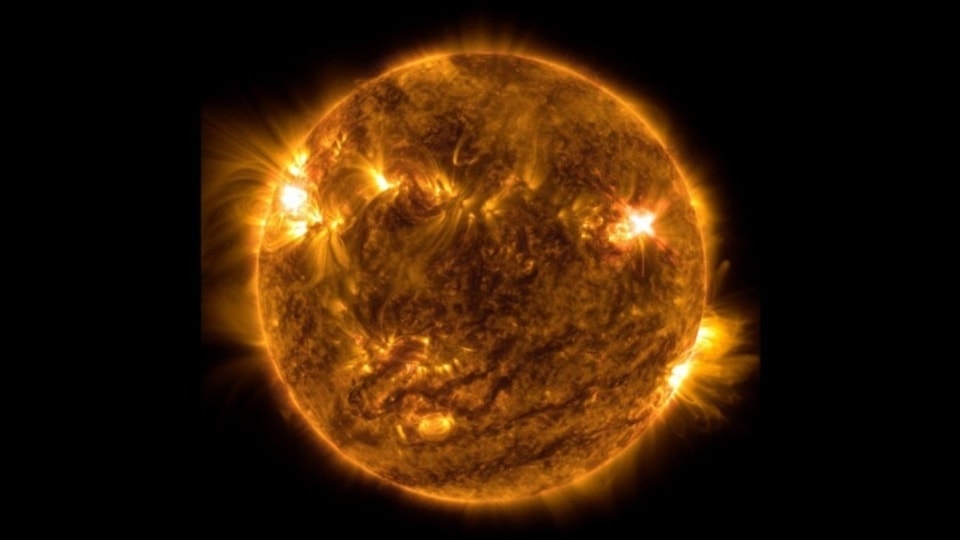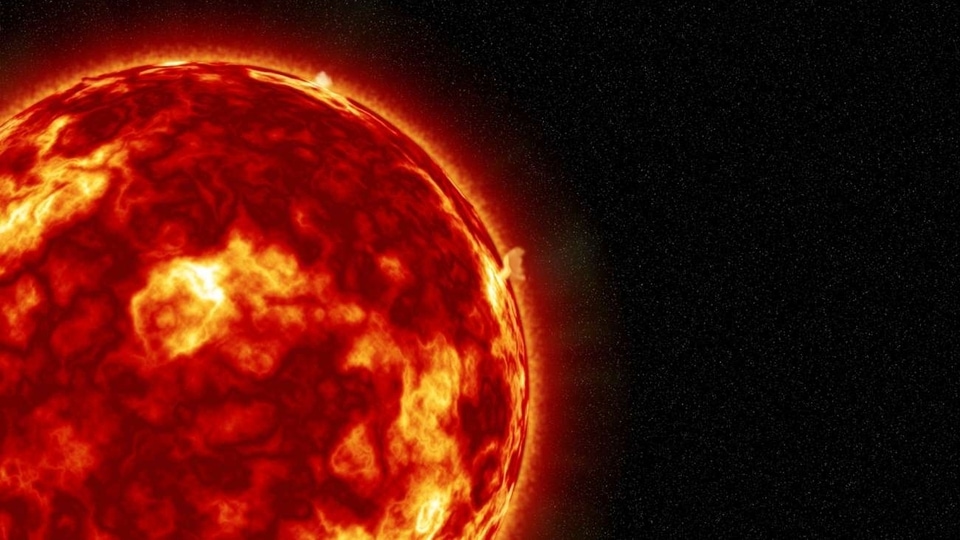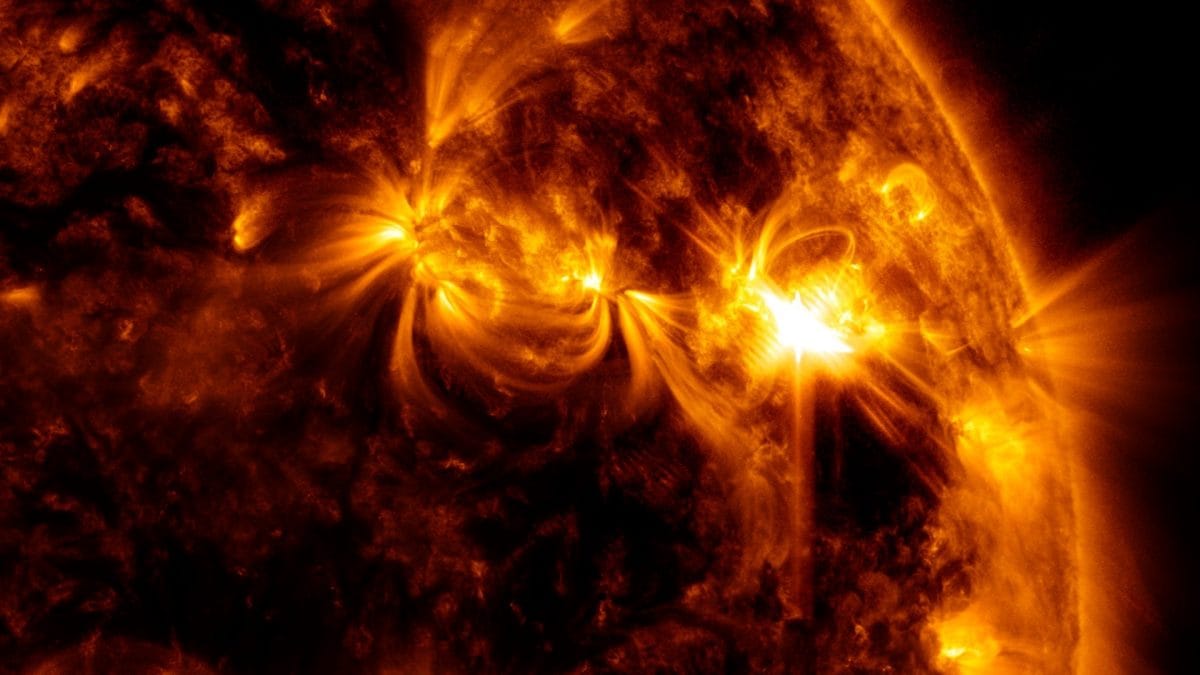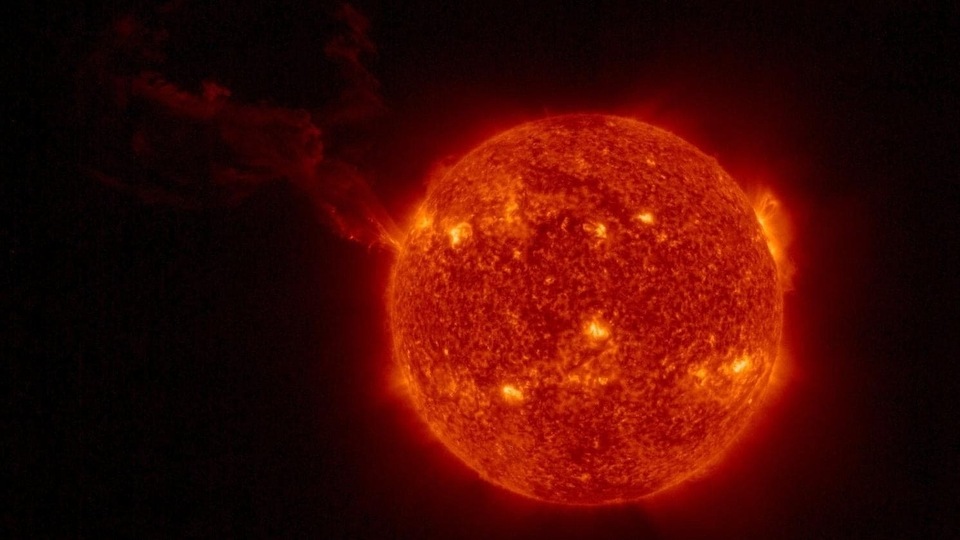Solar storm fears on Earth rise after M8-class solar flare EXPLODES on the Sun
After the G3-class solar storm on September 19, another CME could be headed for the Earth after a powerful M8-class solar flare erupted on the Sun. Check details.






 View all Images
View all ImagesIt appears that the Sun is not going to relent anytime soon. This week has been one of the most explosive ones when it comes to solar activity. We have seen regular solar flare eruptions and radio blackouts every day of the week, and there have been three different solar storm incidents, including a G3-class storm on the night of September 18-19, that resulted in aurora displays as far south as France. But now, another solar storm threat is building up for the Earth. Yesterday, September 20, an M8-class solar flare erupted on the Sun and released a coronal mass ejection (CME) cloud in the same direction as the Earth. Researchers are now trying to confirm whether it can hit our planet or not.
The solar flare eruption was detected at around 8 PM IST yesterday and was noted to be of the intensity of M8.23, as per Space Weather Live's post on X. The flare explosion occurred on the sunspot region AR3435.
According to a report by SpaceWeather, a CME ejection has also been confirmed. It stated, “Yesterday's M8-class solar flare from sunspot AR3435 (movie) hurled a faint CME into space. It's going to barely miss Earth, passing south of our planet during the late hours of Sept. 23th”. Further, the report adds that Arctic sky watchers may see an auroral glow, that is a result of the near-miss.
Solar storm concerns
While the report mentioned that there is a possibility that the CME will escape the Earth, it is not set in stone. We have seen it many times earlier when the prediction of a model did not come true. This happens as we still do not have the technology to entirely map and predict the path of CMEs. However, these models do provide a high number of correct probabilities, so hopefully, we do not have to endure another damaging solar storm this week.
Considering the intensity of the CME, if it does strike the Earth, it can result in a geomagnetic storm of G2 to G3 intensity. A storm like that can damage small satellites, impact mobile networks, and GPS, and even pose a threat to ground-based electronics and power grids by increasing the magnetic potential by huge amounts.
What does the NOAA's DSCOVR satellite do
NOAA monitors solar storms and Sun's behavior using its DSCOVR satellite which became operational in 2016. The recovered data is then run through the Space Weather Prediction Center and the final analysis is prepared. The different measurements are done on temperature, speed, density, degree of orientation, and frequency of the solar particles.
Catch all the Latest Tech News, Mobile News, Laptop News, Gaming news, Wearables News , How To News, also keep up with us on Whatsapp channel,Twitter, Facebook, Google News, and Instagram. For our latest videos, subscribe to our YouTube channel.
































